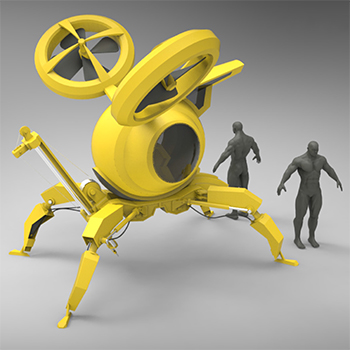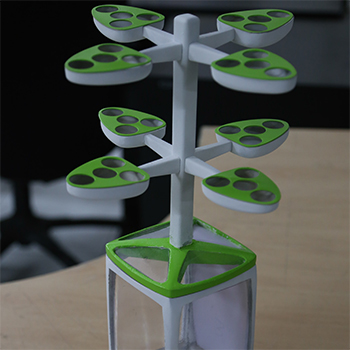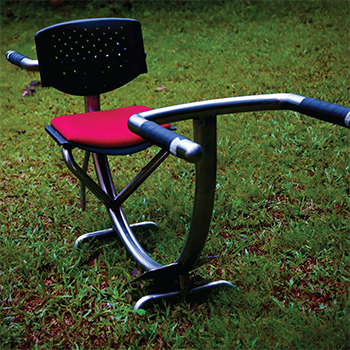‘Barrier free Ajanta’ is aimed to design and develop an accessible system which will resolve the existing accessibility issues of Ajanta caves, a world famous historic monument at Fardapur in Aurangabad District of Maharashtra. The Ajanta caves are a complex of 30 rock-cut Buddhist caves containing paintings and sculptures which is a perfect example of Indian art and tradition, especially Buddhist religious art. Ajanta Caves have been a UNESCO World Heritage Site since 1983. Because of these reasons, thousands of pilgrims, foreign and domestic tourists visit this site every year. The visitors also include a large number of elderly and physically challenged people. For some, visiting Ajanta caves is akin to making a pilgrimage. But for the elderly and handicapped people, the rough terrain, steep inclinations and large number of steps makes this an arduous task. Just like other people, they also have equal rights to visit and enjoy these places. In this project, I have tried to conduct a detailed research on present accessibility systems and barriers in the existing scenario. My research and study is based on some design considerations. Primarily, the design should enhance accessibility of the elderly and people with disabilities. The new systems should not destroy the current livelihood of the porters and designed system should also keep Ajanta’s heritage value. The design should further reduce the porter’s efforts, and be part of a system that provides more safety and comfort to visitors. The palanquin system is the existing answer to these accessibility issues. The role of palanquin in Ajanta is tremendous. The existing palanquin is made from wood or bamboo by local carpenters or the porter himself and is carried by four male porters. The palanquin is the only accessible system for elderly and physically challenged people. Introducing a new system to this context will be difficult and impractical, so I focused on ‘redesign of palanquin system’ for the scope of my project.





